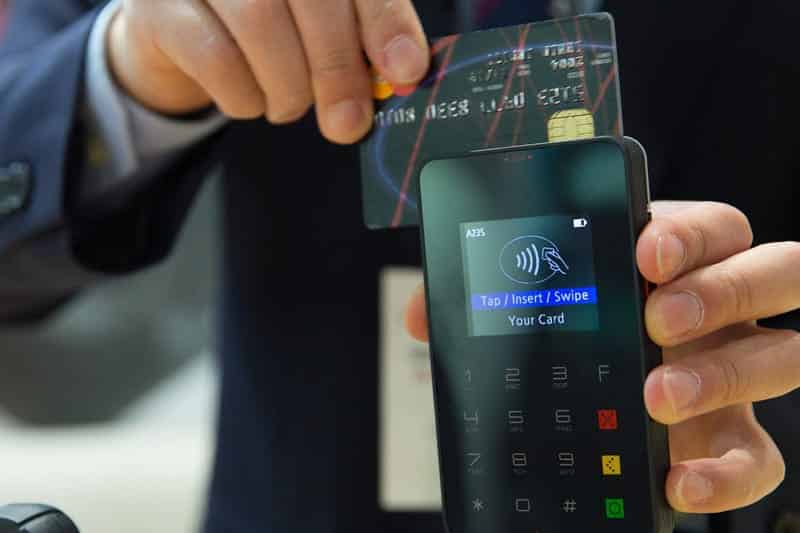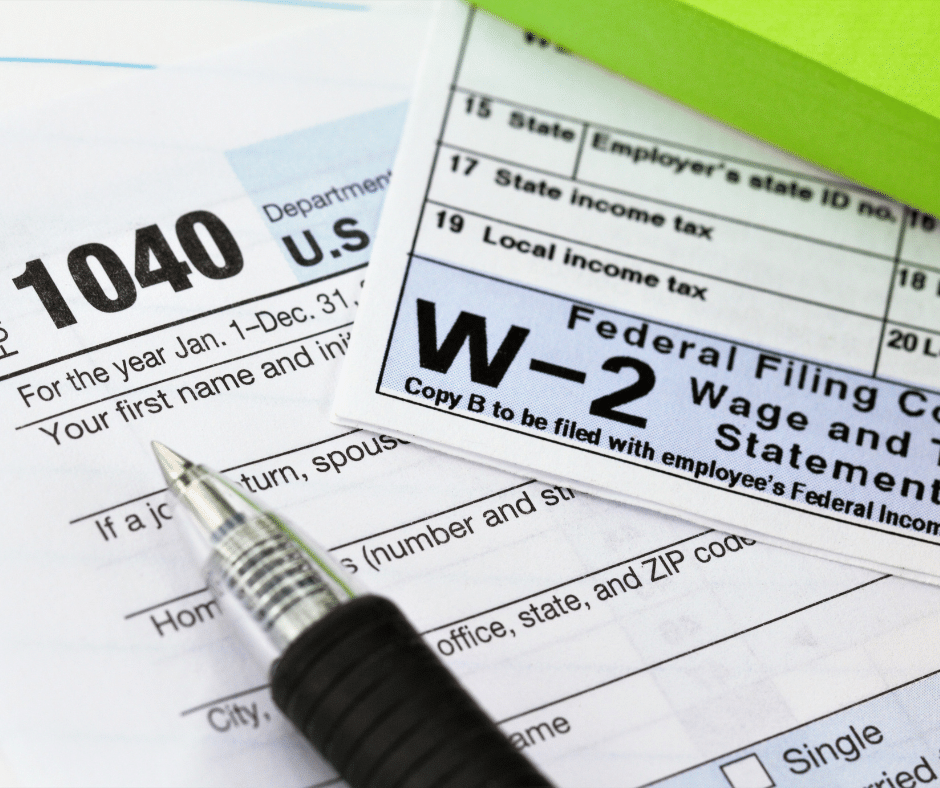Credit card transactions may feel instant to consumers, but behind the scenes, every swipe, dip, or online checkout triggers a series of complex, split-second events involving multiple parties. Whether you’re a business offering continuity subscription services or running a retail shop with POS merchant services, it’s essential to understand how payment processing really works. Knowing what happens after a customer hits “pay” allows merchants to manage disputes more effectively, reduce fraud, and select the best online merchant services for their specific needs. It also sheds light on why some payment methods, like Venmo or Amazon Pay, experience limitations or declines in certain environments.
The Key Players in Credit Card Processing
When a credit card payment is initiated, at least four major entities are involved: the merchant, the payment processor, the card network (Visa, Mastercard, etc.), and the customer’s issuing bank. The merchant’s bank, known as the acquiring bank, works closely with the processor to accept payments on the merchant’s behalf[1]. The processor acts as the technological bridge between the merchant and the broader financial network, securely transmitting transaction data and authorization requests. Card networks like Visa and Mastercard operate the infrastructure that connects issuing and acquiring banks, while the issuing bank is responsible for approving or declining the charge based on available credit and risk assessments[2].
How Authorization and Settlement Happen in Seconds
When a customer swipes their card, the payment processor immediately sends a transaction request to the card network, which forwards it to the issuing bank. The bank checks for available funds, potential fraud, and account status, and then either approves or declines the charge. This approval is passed back through the network to the merchant’s POS system, all within seconds. Approved transactions are marked for “settlement,” which usually happens in batches at the end of the business day[3]. During settlement, the funds move from the customer’s issuing bank to the merchant’s acquiring bank, minus processing fees. The merchant then sees a deposit, typically within 1–3 business days.
Why Is My Venmo Payment Declined?
You may wonder: Why is my Venmo payment declined even when funds are available? This can be due to flagged content in the transaction memo, risk analysis on your account, or security triggers based on IP or device use[4]. Venmo’s system isn’t optimized for high-volume or high-risk business transactions, and declined payments are common when policies are violated—even unknowingly.
Why Is Amazon Not Accepting Venmo
Some users also ask, why is Amazon not accepting Venmo? As of 2025, Amazon only accepts select third-party wallets and credit cards. While Amazon does support PayPal’s Braintree in certain cases, Venmo remains unsupported due to limited commercial protections and lack of dispute resolution tools built for large-scale ecommerce.
Why Continuity Subscription Models Require Extra Controls
Recurring billing models—like monthly supplement boxes, memberships, or software subscriptions—add complexity to credit card processing. These transactions often require card-on-file storage, tokenization, and retry logic for failed payments. Because continuity billing increases the risk of chargebacks and friendly fraud, processors may flag these merchants as high risk. To operate smoothly, subscription-based businesses need specialized online merchant services that support recurring billing, robust fraud filters, and dispute documentation. Tokenized transactions reduce exposure, and built-in dunning systems can improve collection rates without violating card network rules.
POS Merchant Services and Payment Gateways
Brick-and-mortar retailers rely on POS merchant services to accept in-person payments. These systems combine hardware (card readers, terminals) with software that communicates with the payment processor. Gateways handle the encryption and transmission of data for online or keyed-in transactions. While POS systems are typically used for single, real-time purchases, modern solutions often include CRM integration, loyalty tracking, and syncing with ecommerce platforms. For hybrid businesses—those with physical and digital stores—selecting a POS platform that integrates with your online merchant services is critical to avoid inventory and payment data silos.
The Role of Tokenization and Encryption
Behind the scenes, credit card data is rarely stored in its raw form. Instead, it’s encrypted during transmission and often replaced with a token—an irreversible string of characters—when saved for recurring use. Tokenization helps protect against data breaches and is essential for any business storing card data for subscriptions or repeat purchases. These protections must be implemented at the gateway or processor level and are a key feature of modern online merchant services. Even in retail environments, tokenized transactions reduce liability in case of POS system compromise.

Credit Card Processing Considerations
How Settlement Timelines Affect Cash Flow
The time between authorization and deposit—known as settlement—affects a business’s ability to forecast revenue and maintain healthy cash flow. While standard timelines are 1–3 days, high-risk businesses may experience longer holds or rolling reserves. Inconsistencies between batch processing and funding can complicate bookkeeping and vendor payments. Understanding your provider’s funding policies and any reserve requirements is critical for planning, especially in high-volume or recurring billing environments.
Chargebacks and the Dispute Resolution Lifecycle
Chargebacks begin when a customer disputes a charge with their issuing bank. The merchant is notified and given a window—usually 7–14 days—to respond with documentation proving the charge was valid. If the merchant fails to respond or provides insufficient evidence, the chargeback is granted, and funds are withdrawn from the merchant account. Excessive chargebacks can lead to increased fees, penalties, or account termination. Smart businesses partner with online merchant services that offer chargeback mitigation tools, such as alerts, pre-dispute resolution systems, and automatic evidence submission.
Choosing the Right Processor for Your Business Model
Not all processors are the same. Some are better suited for high-risk industries, while others excel in retail or SaaS. Factors like average ticket size, transaction volume, customer location, and refund policies all influence which provider is best for you. Whether you run a yoga studio, dropshipping business, or digital coaching platform, choosing a processor that supports your operational needs, industry classification, and growth plans is key to sustainable success.
How Payment Data Syncs with Business Operations
Modern credit card processing doesn’t happen in isolation—it must integrate seamlessly with your broader operations. From inventory updates to customer communications and financial reporting, a reliable processing system ensures that every transaction updates the right part of your business. For subscription models, that means syncing billing cycles with inventory pulls and fulfillment alerts. For retailers using POS merchant services, it's about tracking sales across channels and updating stock levels in real time. When payment processing data flows efficiently into your CRM, accounting platform, and marketing tools, it reduces manual work, minimizes errors, and enables faster, smarter decisions.
Conclusion
Understanding how credit card processing works isn’t just about technical curiosity—it’s about operational control[5]. From continuity subscription billing to POS merchant services and third-party wallets like Venmo, every payment method introduces its own risks, costs, and strategic opportunities. At Payment Nerds, we help high-risk and hybrid merchants navigate the complexities of modern payment infrastructure with clarity and confidence. Whether you’re fighting chargebacks, syncing retail and ecommerce, or trying to avoid platform denials, our team ensures your online merchant services work as hard as you do.
Sources
- Federal Reserve. “Clearing and Settlement in Card-Based Payments.” Accessed April 2025.
- PCI Security Standards Council. “Best Practices for Tokenization.” Accessed April 2025.
- Consumer Financial Protection Bureau. “Understanding Payment Disputes.” Accessed April 2025.
- Venmo Help Center. “Why Was My Payment Declined?” Accessed April 2025.
- National Retail Federation. “How POS Systems and Gateways Support Retail Growth.” Accessed April 2025.











